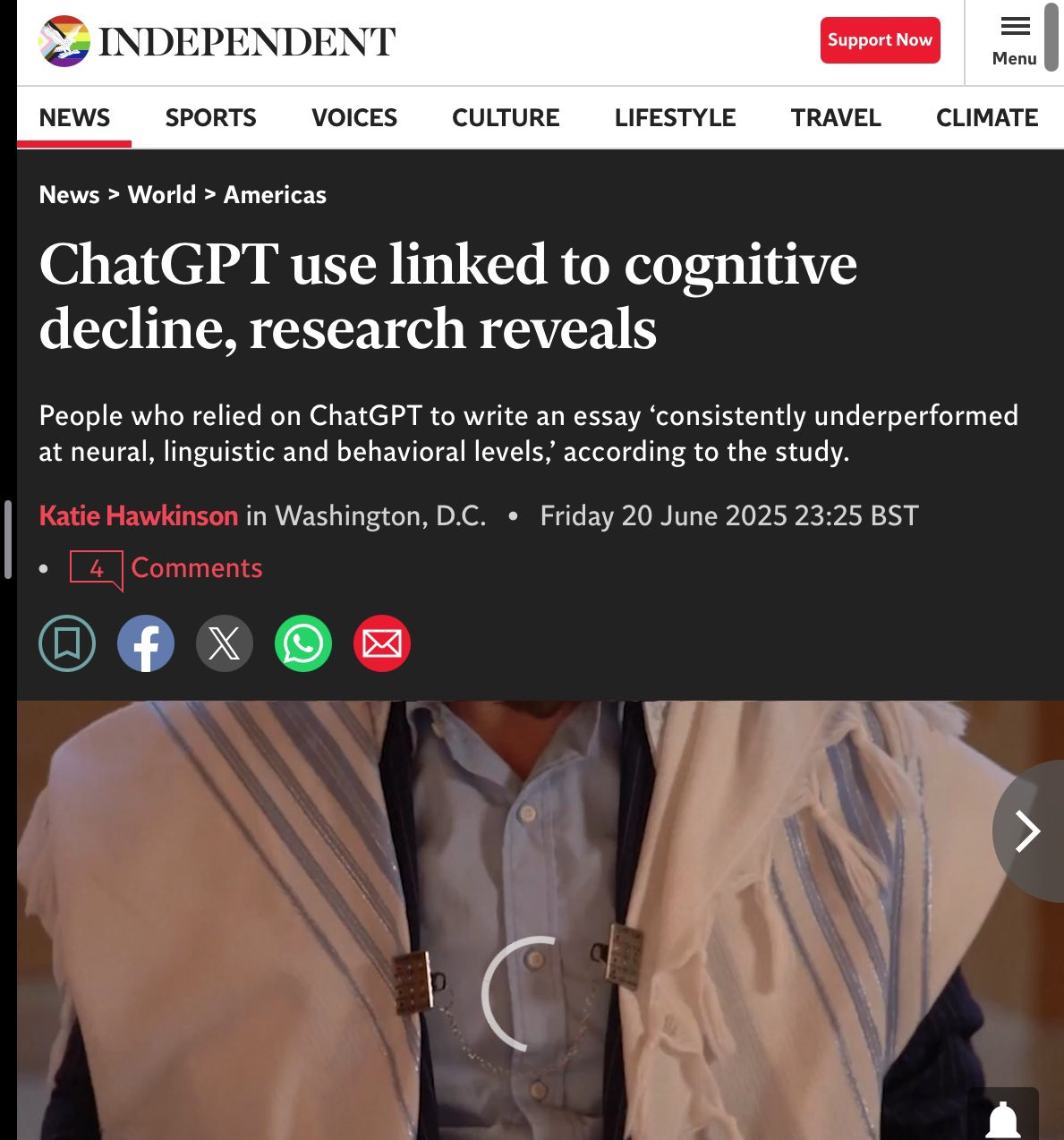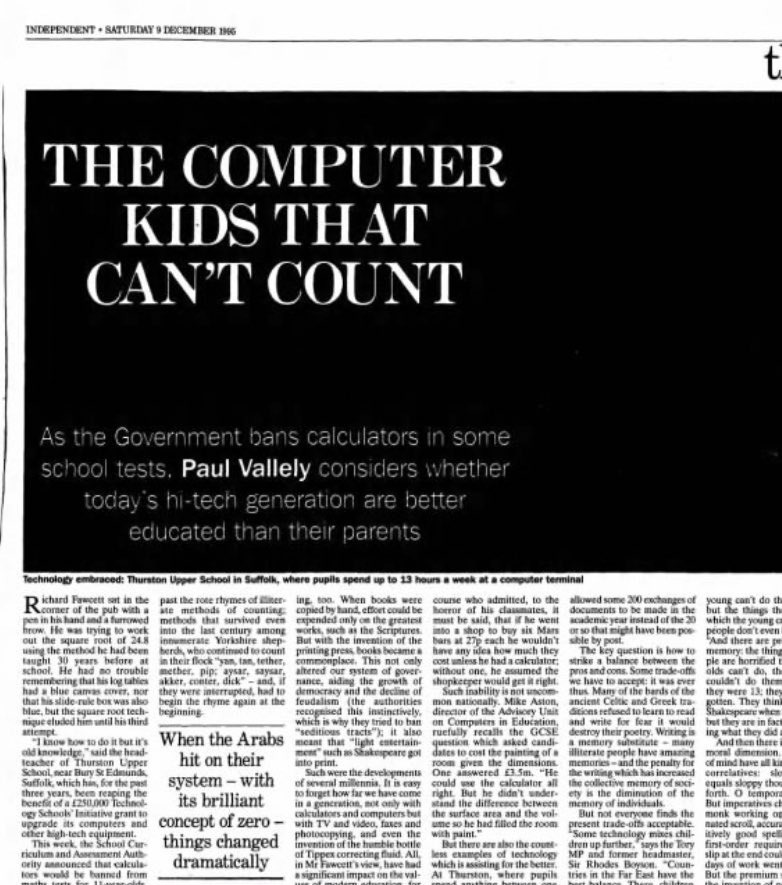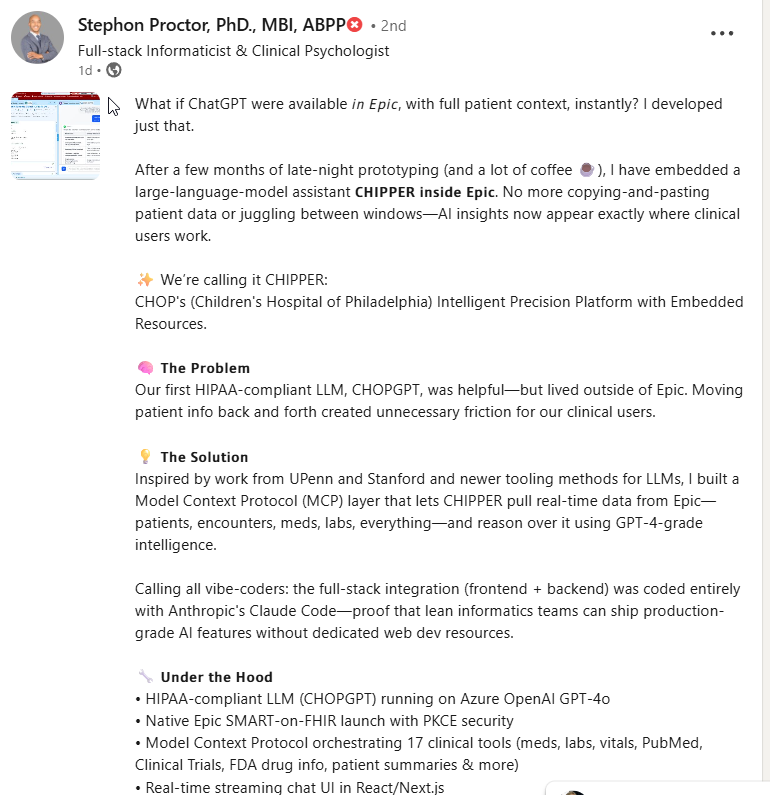News Items
→ Spermidine: a physiological autophagy inducer acting as an anti-aging vitamin in humans: This is old news, but new to us. Spermidine, a naturally occurring compound found in many plants and fermented foods, has emerged as a promising anti-aging molecule due to its ability to stimulate autophagy, the body’s cellular recycling system. The Prolon Diet and intermittent fasting are believed to trigger autophagy. Levels of spermidine drop with age, but diets rich in spermidine (like those containing mushrooms, broccoli, wheat germ, and aged cheese) are linked to longer lifespans and lower rates of cancer and heart disease. New research suggests that maintaining youthful spermidine levels through diet or gut microbiome support may help preserve cellular health and delay age-related decline, positioning spermidine as a potential “vitamin” of aging. (link)
→ Small molecules restore mutant mitochondrial DNA: A breakthrough study in Nature reveals that a small molecule, PZL-A, can restore the function of mutated mitochondrial DNA polymerase (POLγ), potentially reversing mitochondrial diseases that lead to early death, neurodegeneration, and metabolic dysfunction. These findings are especially relevant for the Food is Health movement, since mitochondrial health sits at the root of metabolic health—and thus chronic disease. By improving mitochondrial DNA replication and energy production, even in cells from severely affected patients, this molecule offers hope not just for rare disorders but also for more common age-related metabolic decline. Restoring mitochondrial function could become a cornerstone of nutrition-driven medicine. Our hope is NIH will direct more research into metabolic function. In the quest to eliminate chronic disease, there is ample opporunity to build better assays and treatments in this area. (link)
→ More Sleep: Sleep is an essential component of health. While it is not commonly understood. We found this article from the Forgotten Side of Medicine, an interesting discussion on the landscape of the topic.
Data for the Weekend
We take no position on the Big Beautiful Bill. We reviewed it to identify elements that impact the Food is Health transition. Analysis of larger Medicaid changes is beyond our ability to analyze. Each of the items listed below may have a story we are missing.
Overall, the bill’s significant cuts to Medicaid and SNAP, increased administrative barriers, and limited benefit growth threaten the “food is health” mission by increasing food insecurity and reducing access to preventive care. However, new funding for rural health and regulatory science, along with expanded flexibility for employers, may create targeted opportunities for innovation and impact. Most numbers are over 10 years.
Our next step is to review the details and explore the possibility that a return to root cause through affordable nutrition might be a solution we had overlooked before, when we had other options.
We offer this summary really as a starting point for you to research to help understand the opportunities created in this new legislation:
$4.5 Trillion in Tax Cuts: Makes 2017 tax cuts permanent, benefiting higher-income individuals the most. May reduce federal revenue available for public health and nutrition programs, potentially hindering efforts to prevent disease. It will perhaps fuel venture investment. Demand may rise for private solutions in nutrition and preventive health due to reduced public funding.
$1.1 Trillion in Healthcare Spending Cuts: Reduces federal healthcare spending, with over $1 trillion cut from Medicaid. Up to 11.8 million people could lose insurance by 2034, potentially leading to an increase in untreated chronic diseases. Services that lower out-of-pocket costs or improve access for the uninsured could see increased demand. Opportunity for direct-to-consumer to target pre-chronic
Medicaid Work Requirements: Able-bodied adults under 65 must prove 80 hours/month of work, education, or service to keep coverage. This could result in coverage loss for many, particularly those with unstable employment, potentially leading to a loss of preventive care. Opportunity for platforms to help Medicaid enrollees track and report work requirements, or connect to qualifying activities.
SNAP (Food Stamps) Cuts — $285–$300 Billion Over 10 Years: Major reduction in Supplemental Nutrition Assistance Program funding. Increases food insecurity, especially among children and low-income families; SNAP recipients have better health outcomes than eligible non-recipients. Opportunity for tech-enabled food banks, meal delivery, or nutrition support for food-insecure populations.
Stricter SNAP Work Requirements: Tightens work requirements for able-bodied adults without dependents. Increases administrative hurdles, risking loss of benefits for older adults and those with chronic conditions. Opportunity for digital tools to help recipients maintain compliance and avoid benefit loss.
Prohibition on Thrifty Food Plan (TFP) Increases: USDA barred from increasing TFP cost except for inflation adjustments, limiting SNAP benefit increases. SNAP benefits may lag behind real food costs, worsening food insecurity. Opportunity for Budgeting and meal planning apps tailored to fixed SNAP benefit levels.
$50 Billion Rural Health Transformation Program: Creates a fund for states to improve rural health access, promote technology, and prevent chronic disease. Could support preventive care in rural areas, but funding is state-directed and may not prioritize nutrition. Opportunity for telehealth, remote nutrition counseling, and rural provider collaboration platforms.
Medicaid Provider Tax Reductions: Caps and reduces provider taxes that states use to leverage federal Medicaid funding. Threatens the financial viability of rural hospitals and clinics, which often serve as health/nutrition hubs. Opportunity for rural health system efficiency tools, alternative care delivery models.
New Medicaid Copays: Introduces copays for treatments such as dialysis, potentially costing patients thousands annually. May deter low-income patients from seeking preventive or ongoing care, worsening chronic disease outcomes. Opportunity for payment assistance platforms, or bundled care models that reduce patient costs.
ACA (Obamacare) Marketplace Cuts: Cuts $268 billion from ACA marketplaces, increasing uninsured rates. Fewer people with access to preventive or nutrition-related care. Opportunity for affordable direct-to-consumer preventive health services.
Elimination of Automatic ACA Reenrollment: Increases paperwork for enrollees, risking loss of coverage for 700,000+ people by 2034. Disrupts continuity of care, including nutrition counseling and chronic disease management. Opportunity for enrollment support and navigation services.
Pre-Tax Premiums for Exchange Plans: Allows pre-tax payments for individual health insurance premiums on the Exchange. Could make coverage more affordable, indirectly supporting preventive health if plans cover nutrition services. Opportunity for Payroll and benefits platforms for small businesses.
CHOICE Arrangements (Rebranded ICHRAs): Expands personalized health reimbursement arrangements, with tax credits for small employers. May increase access to flexible health benefits, including nutrition-related services. Opportunity for platforms for managing and optimizing CHOICE Arrangements.
Rural Hospital Stabilization Fund: $50 billion fund for rural hospitals, but may be inadequate for need. Could slow rural hospital closures, preserving access to preventive services. Opportunity for Rural health system consulting, telehealth infrastructure.
FDA-NIH Nutrition Regulatory Science Program: New initiative to research root causes of diet-related chronic disease and inform policy. Potentially supports evidence-based prevention and innovation in food-as-medicine. Opportunity for Collaboration with NIH/FDA on research or commercialization of research findings.
Limits on SNAP Benefit Adjustments: SNAP benefit increases tied only to CPI, not actual food costs or nutrition needs. Benefits may erode with rising food prices, increasing food insecurity. Opportunity for advocacy platforms, or tech to optimize nutrition on a budget.
Emphasis on State Flexibility for Rural Health Funds: States have discretion in allocating rural health funds. Outcomes depend on state priorities; nutrition and prevention may not be prioritized everywhere. Opportunity for state-level consulting or advocacy for nutrition-focused rural health projects.
Cuts to Social Welfare Programs Beyond SNAP/Medicaid: Reductions in other safety net programs, potentially including school meals or WIC. Could worsen child nutrition and long-term chronic disease risk. Opportunity for School-based nutrition programs, partnerships with local producers.
References:
Axios: "Big, beautiful bill" pushes millions of people away from social safety net
Spencer Fane: The “One Big Beautiful Bill” Currently Appropriates $50 Billion for Rural Health Care
KFF: What Could the Health-Related Provisions in the Reconciliation Bill Mean for Older Adults?
NIH: FDA and NIH announce innovative joint Nutrition Regulatory Science Program
Slate: The “Big, Beautiful Bill” Is Not What America Asked For
Commonwealth Fund: How Medicaid, SNAP Cutbacks Would Trigger Job Losses Across States
Al Jazeera: Trump’s ‘Big, Beautiful Bill’ passes Senate: What’s in it, who voted how?
NBC News: Who would win and who would lose in Republicans' 'big, beautiful bill'
Social Posts that Caught our Attention
Change is Constant
The internet, math, AI, or healthcare. It is frustrating to see what we know change, but things are generally getting better.
With Change Comes Mind-Blowing Creativity
LinkedIn went nuts over this AI experiment done by Stephon Proctor where he built what he wanted inside Epic - the behemoth EHR. Quotes from leading AI voices within healthcare commented “blown away”, “if you haven’t gotten the call to license this to Epic yet, expect them to block it, Claim it as their IP”, “this is INCREDIBLE” and on and on. It shows the opportunity that lies within disruption.
With Change Comes The Risk of Being the Pioneer
As we transition at warp speed to adopting AI, the pioneers that have paved the path in some cases were in a strange middle ground that might lead to a premature end to the runway. As RFK Jr. talks of wearables on every American within 4 years and a bias towards apps to drive behavior change, this example strikes us as a clear example of the challenges that we will face operationalizing such a vision.
With Change Comes The Risk of an Icarus Moment
Funding is pouring into the rapidly evolving Longevity sector, and our first deep dive last week left us concerned it is less System C and more System B+. The investment thesis remains unchanged - it’s all about revenue and rapid scaling versus a new system with economics aligned to the prevention and reversal of chronic disease for the entire population. Instead we seem to be introducing new ways of diagnosing and healing in rapid succession that are only accesible to those with copious amounts of discretionary income in addition to their healthcare premiums with no line of sight on how this moves beyond the early adopter crowd.












This is a great overarching summary of everything that is going on. Super disheartening to hear that many people will be negatively impacted, making it more difficult for them to make healthy choices. As a food blogger who shares meal plans, I am going to continue to prioritize healthy, easy, and budget-friendly options to ensure that healthy eating can be accessible to as many people as possible! Thank you for sharing!